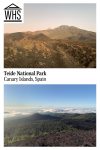Teide National Park
By Liza S.
What is Teide National Park?
Off the northeastern African coast, you’ll find Spain’s Canary Islands, a series of islands formed by volcanic eruptions millions of years ago. Tenerife, a popular Spanish holiday island and the largest island in the archipelago, is home to Mount Teide and this UNESCO World Heritage site.
Disclosure: This article contains affiliate links. Making a purchase through an affiliate link will mean a small commission for this website. This will not affect your price.
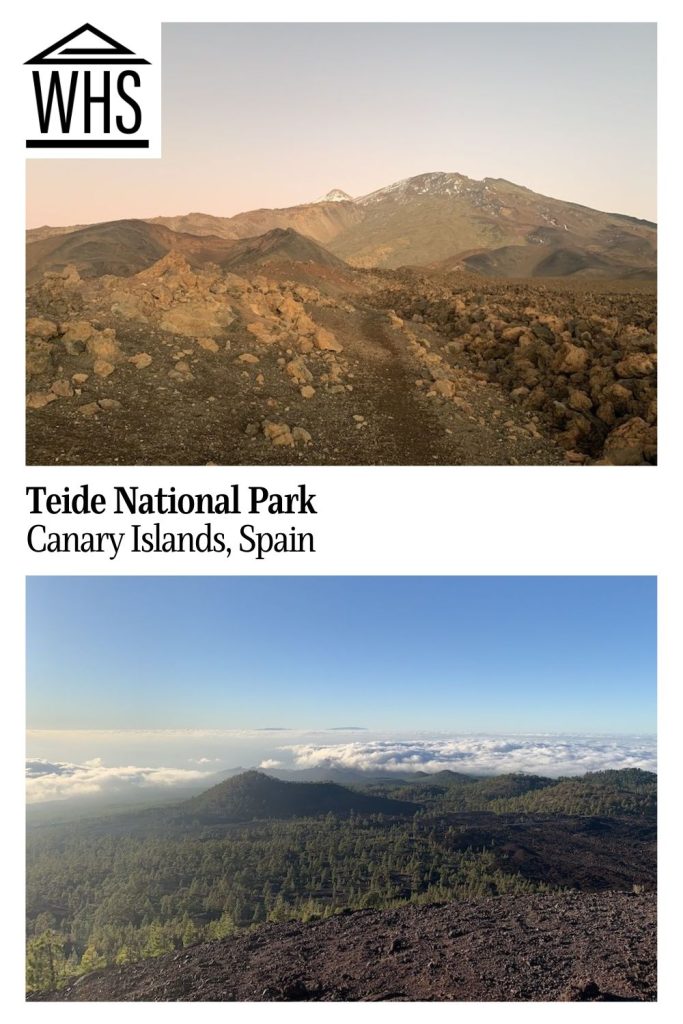
Spanning over 18,990 hectares (73 square miles), the park dominates the middle of Tenerife. This volcanic natural park lies at an altitude of 2,000 m (6,500 ft) above sea level, with Mount Teide at 3,718 m (12,198 ft) as the centerpiece.
Every year, over 3 million visitors flock to this UNESCO World Heritage site, making it the most visited national park in Spain.
Why is Teide National Park a UNESCO World Heritage site?
Inscribed in 2007 under the Natural Asset category, Teide National Park is, as the UNESCO website puts it, “an exceptional example of a relatively old, slow moving, geologically complex and mature volcanic system”.
The Teide-Pico Viejo stratovolcano, the highlight of the national park, is Spain’s highest peak at 3,718m above sea level. Set in a stunning landscape filled with caves, lava tongues, and cones, the Teide-Pico is the third-highest volcanic structure in the world.
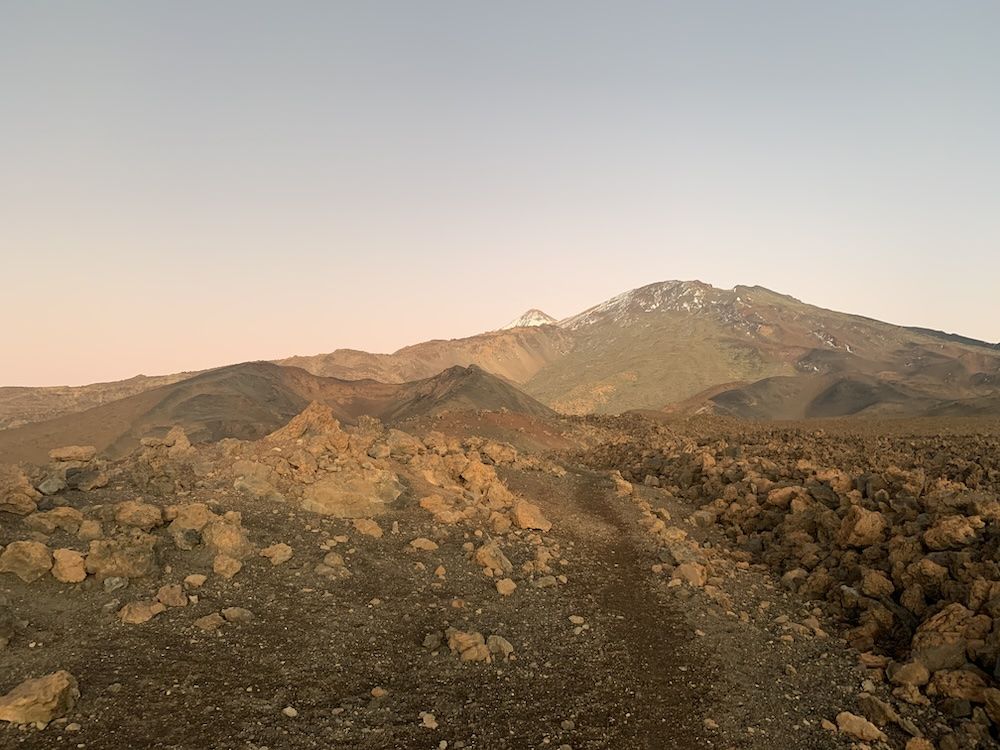
The park offers amazing geographic diversity of volcanic landscape and features that you won’t be able to find elsewhere in the world. Plus, it’s rich in fauna and flora, including endemic species that can only be found in the park.
Together with other volcanic properties on the World Heritage List (such as Hawaii Volcanos National Park in the US, Vatnajökull National Park in Iceland and Mount Etna in Italy), Teide National Park gives us another facet of the geological processes that have led to the creation of oceanic islands. This makes it an invaluable natural site that should be protected.
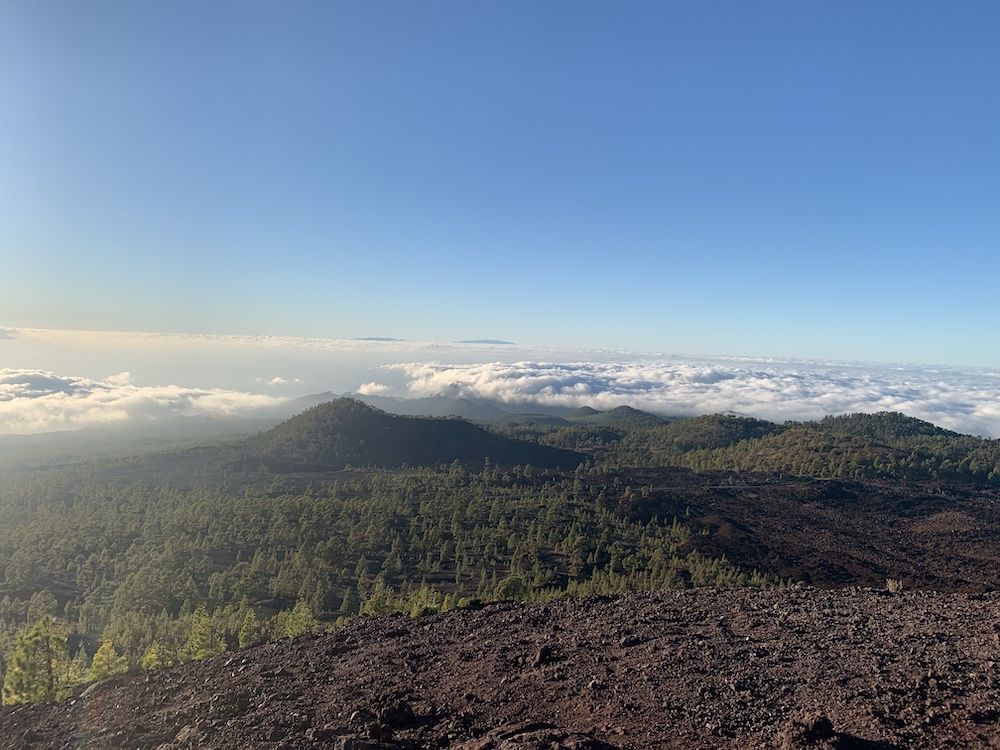
What can you expect on a visit to Teide National Park?
When you’re in Tenerife, Mount Teide is an intriguing peak that dominates the skyline. I was very excited to visit it but I didn’t expect how stunning the whole national park actually is!
Even from the car, this park is unlike any other; it looks like you’ve travelled to another planet. The landscape feels like the moon, with rock, lava, pumice, and numerous unique rock formations.
The highlight of the park is, of course, Mount Teide. The popular way to go up the mountain is by cable car. The cable car ride takes only 8 minutes. Once you get to the top station, La Rambleta, the views are spectacular.
If you really want to get to the peak of Mount Teide, there’s an additional 163 meters (535 feet) to trek that will take you to the crater. This uphill trek is considered difficult and takes about 40 minutes, but it’s well worth the effort! On a clear day, you’ll be rewarded with views of not just Tenerife but also the neighboring islands of La Gomera, El Hierro, Gran Canaria and La Palma.
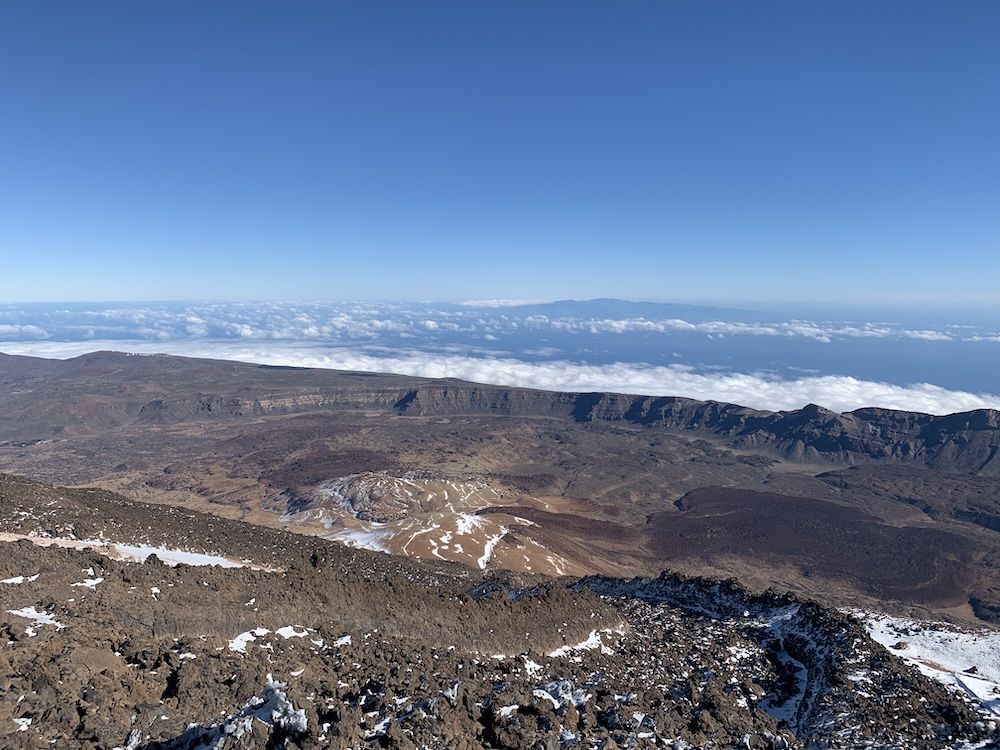
Unfortunately, I wasn’t able to reach the summit as you need to get a permit in advance. So if this is something you want to do, then be sure to apply for the free permit at least one to two months in advance!
Serious hikers can take a nighttime summit hike – do some stargazing on the way up, and enjoy the sunrise from the peak.
Other than Mount Teide, the national park is home to many hiking trails of various difficulties and lengths. On my visit, I did a section of the hike at Mirador de Samara. The mirador offered beautiful views and on my hike, we passed through amazing rock formations and volcanic landscapes.
If you love stargazing, the Canary Islands is one of the best places in the world for it! Inside the park is an observatory: the largest solar observatory in the world. Guided visits and stargazing experiences are available.
Is Teide National Park worth visiting?
Teide National Park is a must-visit for any visitor to Tenerife. The landscape of the park is truly unique and spectacular. Taking the cable car up Mount Teide is an easy and convenient way to admire panoramic views of Tenerife. It’s suitable for all ages and travellers.
If you love nature and hiking, you definitely shouldn’t miss it. You’ll be spoiled by the variety of trails in the park and may even want to spend more than one day exploring the park’s natural wonders.
Tips for visiting Teide National Park
There is no entry fee to visit the park, but there is a fee for the cable car. Note that the cable car only runs in stable weather conditions. If the winds are too strong, they may suspend services until the weather is more favorable.
Mount Teide is the highest peak in Spain and has a mountain climate, so dress appropriately for cold weather.
If you intend to summit Pico del Teide after 9.00am, be sure to secure your free permit in advance on the Teide National Park website.
Planning to hike the trails in Teide National Park? Wear suitable shoes, bring enough water and food, bring enough layers, and wear sun protection. It’s also a good idea to visit one of the Visitor Centers to get up-to-date information on the hikes in the park. You may also be interested in signing up for one of the guided walks arranged by the park authorities.
Use the map below to book your accommodations on Tenerife:
Where is Teide National Park?
The best way to get to the park is by car. The roads and highways in Tenerife are well-maintained with good signage, so it’s unlikely you’ll get lost. The main highway that leads to Teide National Park is TF-21.
Rent a car for your vacation on Tenerife.
- From Los Cristianos and Costa Adeje in the south, travelling via Arona and Vilafor will connect you to TF-21 (30 min)
- From Puerto de la Cruz in the north, pass through La Orotava and then take TF-21 into the park (1 hour)
- From Los Gigantes in the west, you’ll take Chío and TF-38 highway which leads to TF-21 (40 minutes)
Parking in the park is free.
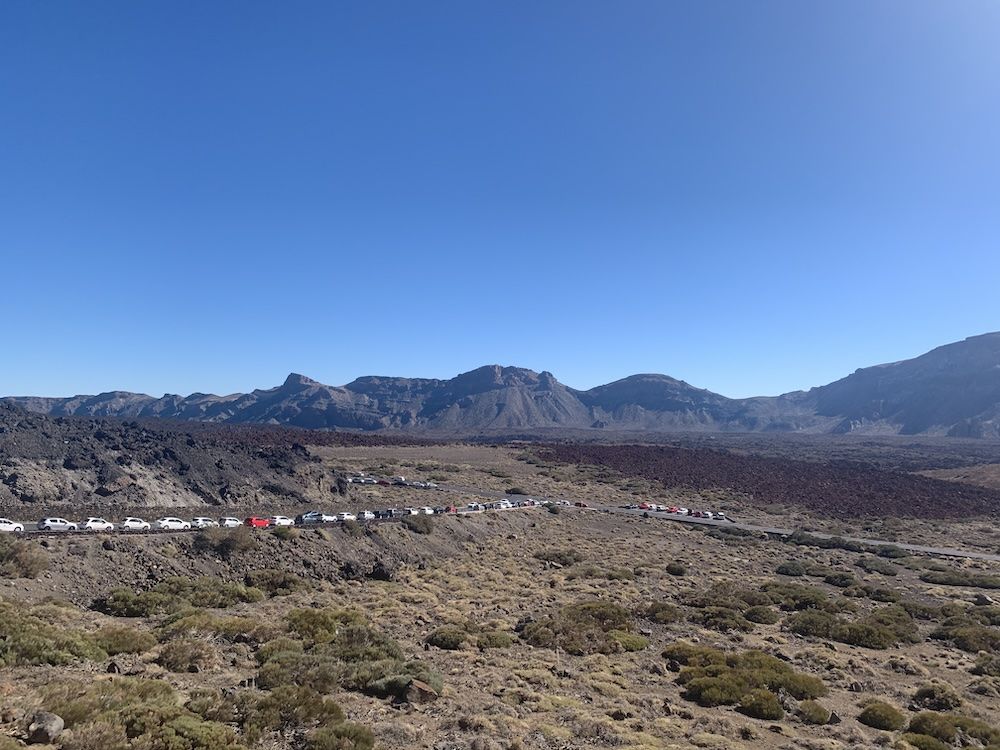
There are public buses to the park (called “guaguas” in Tenerife). However, I do not recommend them as the bus service often changes. I suggest checking the Titsa website (the bus operator) to check availability in advance. If you’re without a car, a guided experience to Teide is the best way to visit the national park.
For more information about Teide National Park, see its official website. For cable car tickets and Teide experiences, visit Volcano Teide.
Have you been to Teide National Park? If so, do you have any additional information or advice about this UNESCO World Heritage site? Please add your comments below!

